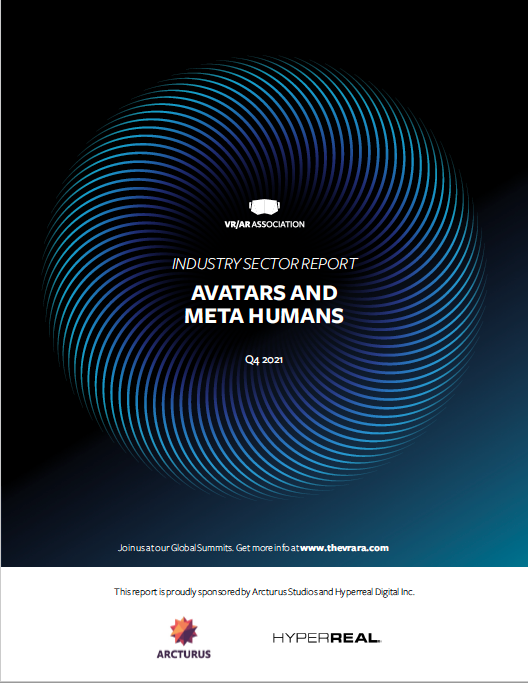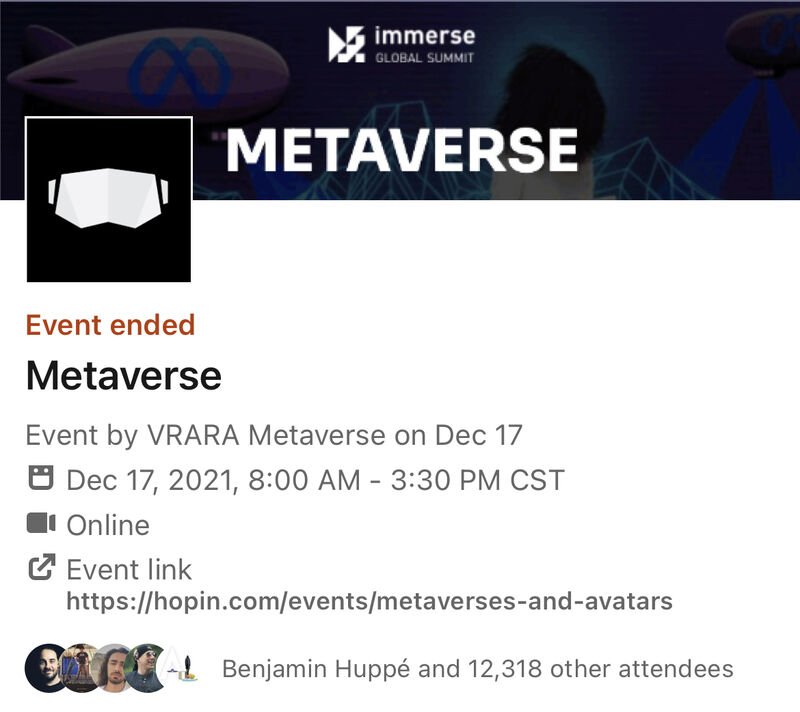Star Truck Rentals is making a significant investment in workforce development by selecting Design Interactive’s XRMentor™ to train technicians. The company will employ a state-of-the-art augmented related solution by Design Interactive, an Orlando, Florida-based human factors engineering firm, whose clients include the U.S. military, the U.S. Department of Transportation and Fortune 500 corporations.
“Star Truck Rentals is proud to put our workforce first and thrilled to offer cutting-edge training to our associates,” stated Shane Rugg, Star Truck Rentals Training Coordinator. “We have been looking at augmented and virtual reality training for a while now. We are excited to start using XRMentor™ because it will allow us to reach a large number of technicians at all our locations quicker and deliver effective training more consistently.”
Star Truck Rentals is principally engaged in the long-term lease, short-term rental and fleet maintenance of light and heavy-duty, over-the-road trucks. Their customers include several Fortune 500 companies and Star Truck Rentals is the largest full-service truck rental and leasing company based in Michigan.
While Star Truck Rentals is always looking to improve their training offering, the COVID-19 pandemic did impact how they were able to deliver training with less opportunity to provide in-person, hands on training. The pandemic’s arrival certainly instigated a search for training tools that could help overcome the challenge of delivering training remotely to a large, distributed workforce.
Design Interactive specializes in augmented and virtual reality training. Their flagship product, XRMentor™, is an instructor led and self-guided training platform enhanced by augmented reality. DI’s ClassroomXR™ feature allows companies like Star Truck Rentals to provide livestreamed, first person instruction to remote technicians. According to Matt Johnston, Design Interactive’s commercial solutions director, Star Truck Rentals is joining a group of companies that are taking an innovative approach to augmented reality training.
“Firms like Star Truck Rentals are asking what they can do now that is effective and delivers training at scale,” he explained. “Using XRMentor™ they can put the augmented reality hardware on a single expert and use it to train all their technicians simultaneously and then share a recorded video of the instruction with everyone after the fact.”
Star Truck Rentals will certainly benefit from using the live streaming feature to make a companywide impact quickly. But they aren’t stopping there. They are going to outfit each of their facilities with XRMentor™ on Microsoft HoloLens 2 headsets and tablets making self-guided procedures available to everyone.
“The live instructor led classroom is certainly a great feature and likely where we will start,” Rugg noted “but our vision is to make sure our technicians have the information they need, when they need it.”
The investment in HoloLens 2 headsets and tablets means Star Truck Rentals will be able to take advantage of the entire XRMentor™ feature set. “ClassroomXR™ is a great place to start”, Johnston said, “but accessibility to content is important, and as Star Truck Rentals deploys the devices, technicians will be able to follow self-guided procedures and use a remote video collaboration feature to seek troubleshooting help from remote experts in real time”.
XRMentor™ offers four main features that Star Truck Rentals will benefit from:
• Web Authoring Portal: Easy to use augmented reality training authoring tool to create training modules, self-guided procedures and make video calls to remote technicians.
• ClassroomXR™: Live streamed, instructor led training from the Microsoft HoloLens to technicians viewing on the web portal.
• Self Guided Procedures: Step by step instruction provided on Microsoft Hololens 2, phones and tablets.
• Remote Video Collaboration: Face to face video calling between technicians and experts on phones, tablets and the web portal.
Design Interactive and Star Truck Rentals will collaborate on training content creation and craft an effective deployment plan that will enable technicians to get an immediate benefit from this investment but that also aligns with the long-term goals of the company.
About Design Interactive Inc.
Design Interactive is a leading provider of extended reality solutions including XRMentor, an instructor led training and self guided procedure platform enhanced by augmented reality. Founded in 1998, DI has been developing custom solutions for enterprise markets including oil/gas, utilities, trucking and transportation, healthcare, manufacturing and defense. For more information, visit the XRMentor website, Twitter and LinkedIn pages.
More info http://www.xrmentor.net
Design Interactive, XRMentor Contact:
Matt Johnston, Director Commercial Solutions,
Design Interactive
matthew.johnston@designinteractive.net
Tel: (352) 278-3050
















